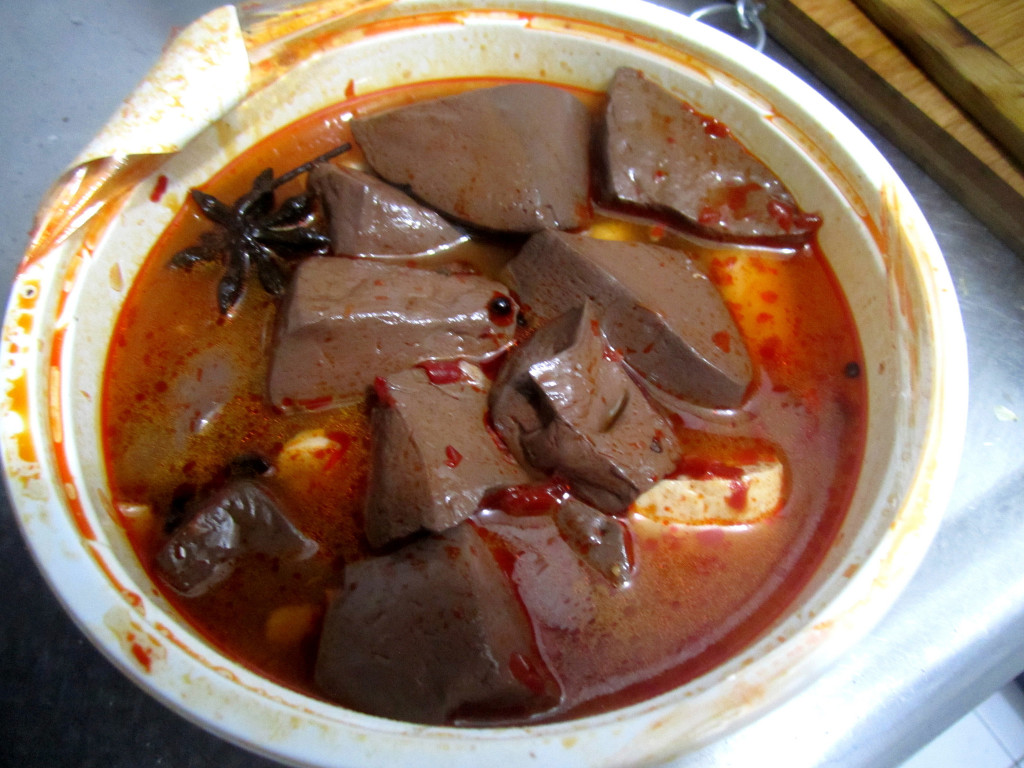Blood: an ingredient that often grosses people out as the very sight of it screams “raw.” The truth is, you should be cooking with blood. After all, we’ve been using it as an ingredient since the ancient Greeks (at least that’s the earliest documented, could be even earlier).
I know what you’re thinking: why should I cook with blood? After all, isn’t it unhealthy or potentially mean that your meat could be bad for you? No, actually. The funny thing is that blood gets such a bad rep, but if you’re a meat-eater already you’re more accustomed to the taste of it than you’d expect.
You won’t immediately associate ingesting blood with your diet, but remember how a juicy medium-rare steak tastes? The taste of blood is strong in that dish alone. It’s familiar and comforting, even if the immediate association isn’t there.
Many cultures used to use the whole animal once it is slaughtered. Not one piece of it was to go to waste. This includes the organs, meat, and of course our favorite ingredient. And blood is rather common in cultural dishes – you’d be surprised at how many dishes use it.

Photo courtesy of Smabs Sputzer on flickr.com
Several cultural foods that include blood are morcilla, pig’s blood curd, black pudding, blodplättar, and cabidela. These dishes are from all over the world, from Spain to China, and they’re not the only ones.
However, you should only use fresh blood when you cook with it (it congeals quickly so you have to use it fast). Don’t get that awful frozen stuff from the Chinese supermarket. Once thawed, it’ll taste awful as loses its purity and sweetness.
Recently, many chefs have started using blood in their dishes. Their dishes may be very different, but they all try to cook iterations of global cuisines that have relied on blood as a supporting ingredient in their food for centuries.
Some called blood an acquired taste, however that’s not truly the case. A little blood can add richness and depth to a dish, that’s why it’s been used for centuries instead of being discarded from the rest of the animal. But, that’s not the only reason it is used in cooking.

Photo courtesy of Amy Ross on flickr.com
Blood is prized for both pleasure and efficiency. It’s a superb thickener, as long as it hasn’t frozen or congealed. The favored type is pig’s (much to the displeasure of Jews and Muslims everywhere, I suppose) due to its sweeter and lighter flavor. On the other hand, cow blood is gamey and chicken blood is hard to source.
An increasing number of chefs purchase whole animals direct from farmers because of the desire to use this rich culinary commodity. Ordering a whole pig instead of a few dozen shrink-wrapped tenderloins is more financially sound, as the chef can use the whole pig (including the blood!) instead of just parts.
In addition to the penny-pinching and resourcefulness, many chefs use blood to pay their proper respects to the animal. To not use every part of the animal is basically heresy.

Photo courtesy of nordicfoodlab.com
A traditional ingredient, blood honors authentic cuisine more than the silly spin-offs you see some trying to pass off as authentic. It’s a badge of honor and skill. Raw blood doesn’t taste good; to take an ingredient like that and to turn it into an amazing dish requires a level of skill that any chef should seek.
Nevertheless, using blood as an ingredient is a challenge to chefs. It’s a rare skill. But many chefs rise to the challenge, especially dim sum chefs, as pig’s blood is a common ingredient in Chinese cuisine.
However, you still have to build up the diner’s trust when you cook with this ingredient. Modern diners are wary of blood and associate it with horror movies and uncooked meat.
But if you can, go to your local butcher and ask for some. You can learn everything you need to about cooking with it here.


